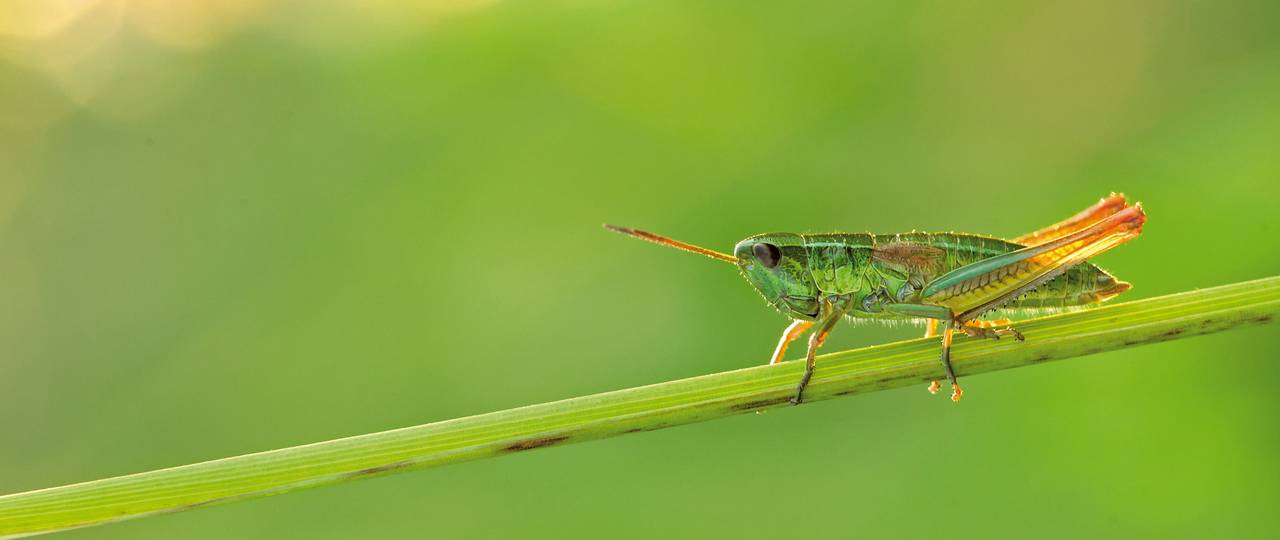Jaw-some wombats may be great survivors
Flexible jaws may help wombats better survive in a changing world by adapting to climate change’s effect on vegetation and new diets in conservation sanctuaries. An international study, co-led by The University of Queensland’s Dr Vera Weisbecker, has revealed that wombat jaws appear to change in relation to their diets. “Scientists had long suspected that … Read more









